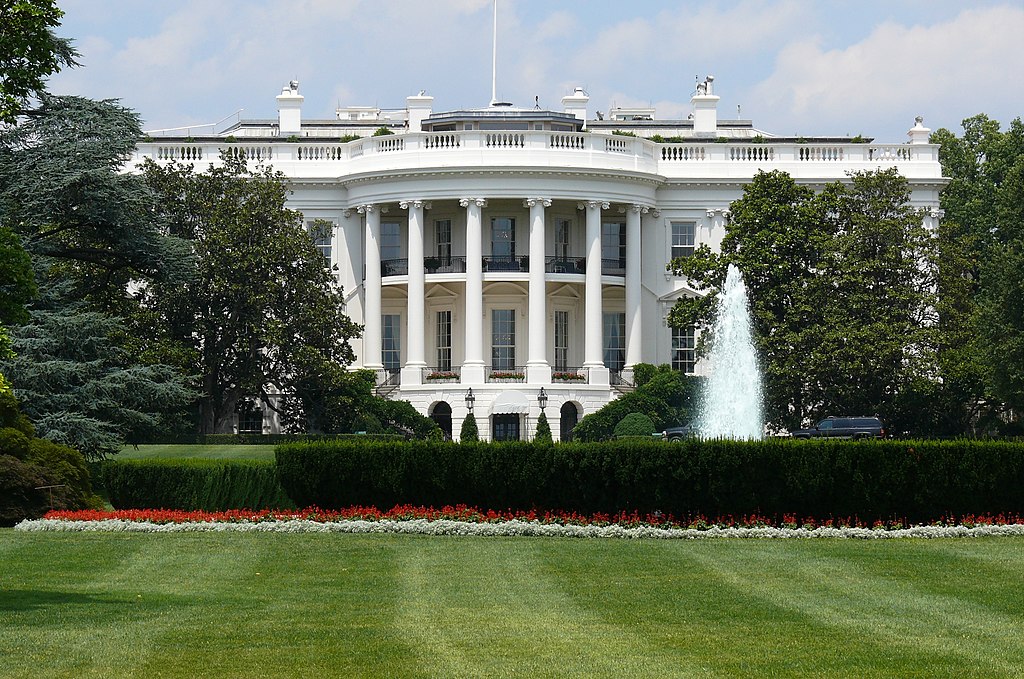Russia has been preparing sabotage operations against the US by putting explosive devices into cargo shipments and sending them via aircraft. In response, the US warned Russian ruler Vladimir Putin of consequences for supporting terrorism, The New York Times reports, citing unnamed sources.
In December, NATO Secretary General Mark Rutte said Russia was waging not a covert but an open war against NATO countries for a long time. Rutte’s claims came after an OSCE report revealed that since the start of the war in Ukraine, Russia carried out approximately 150 attacks on NATO countries. These include cyberattacks on railways, hospitals, GPS systems, and water supplies. The report also highlights hacking, sabotage, and threats to military facilities and underwater infrastructure.
The incendiary device operation's origins trace back to the summer when seemingly harmless cargo shipments began igniting at airports and warehouses in Germany, the UK, and Poland. Both the US and Europe were convinced that Russia was behind those incidents.
By August, White House officials grew increasingly alarmed over intelligence reports suggesting that Moscow was planning a much larger operation — bringing the war in Ukraine to American soil.
In a series of Situation Room briefings, senior aides to President Joe Biden analyzed intercepted communications between top officials of Russia's GRU military intelligence. These discussions described consumer goods shipments that burst into flames, including a small electric massager used as a test device.
Once the Russians understood how packages moved through air cargo security systems and how long transportation took, the next step was to send these items on flights bound for the US and Canada. The goal was to cause fires after the packages were unloaded.
Cargo planes were the primary concern, though passenger flights occasionally carry smaller packages in cargo holds.
"The risk of catastrophic error was clear," Alejandro Mayorkas, the homeland security secretary, said in a recent interview, "that these could catch fire in a fully loaded aircraft."
In August, Mayorkas implemented stricter cargo screening requirements for shipments entering the US. By October, after renewed warnings, he quietly pressed top executives of major airlines flying to the US to accelerate measures to prevent in-flight catastrophes. Some of these safety steps were publicly disclosed, while others remained classified.
Behind closed doors, White House officials worked to determine whether Russian President Vladimir Putin had directly ordered the sabotage plot or if he had been kept in the dark. Several officials suggested the acts of sabotage might have been orchestrated by GRU officers acting under a general directive to increase pressure on the US and its NATO allies.
According to sources, warnings were eventually delivered to Putin, and they appeared to have an impact: fires in Europe ceased, at least for now. However, it remains unclear whether Putin personally ordered the operations to stop or for how long.
Russia could have used this pause to develop more advanced, harder-to-detect devices for future sabotage efforts.
Related:
- ISW: Putin’s nuclear threats aim to influence Western support for Ukraine
- Biden: US ready for nuclear talks with Russia, China, and North Korea
- NATO defense ministers to begin talks on new Russia strategy
- Kosovo leader warns Russian victory in Ukraine could threaten Balkan peace





